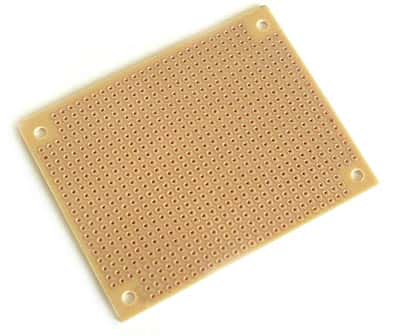 Solder contacts must meet minimum contact rating specifications to effectively be used. But sometimes you’ll begin to solder an electronic component to a board and realize that oxidation has occurred. Why does this happen?
Solder contacts must meet minimum contact rating specifications to effectively be used. But sometimes you’ll begin to solder an electronic component to a board and realize that oxidation has occurred. Why does this happen?
Typically, there are two reasons that oxidation occurs on boards.
The main reason is improper storage and handling. Boards should be received from your supplier in a vacuum pack, which would render them clean and ready to accept solder. Once the vacuum seal has been broken, the boards are exposed to the environment. Boards that are stored in facilities with high humidity will experience accelerated deterioration. When handling boards, use only gloved hands and handle by the edges whenever possible.
Another way PCBs become contaminated is at the factory level. If your boards have just been removed from their packaging, chances are the problem is not oxidation. Much of the contamination is at the manufacturing level which is found after the bag has been opened. The main reasons this happens is because of incorrect ph levels, careless handling of the PCBs or if the boards are poorly washed with the surface film.
How can this be avoided? Handle the boards properly including using proper storage methods. Keep the boards in dry storage area, free from humidity. Make sure that anyone that handles them wears gloves to keep body oils from the pads and instruct everyone to touch only the edges of the boards. If your problems are from the factory, address the factory about the issues to avoid the same problems with future orders.
